Author: THE KERNEL, Gayatri Karnik & Vladislav
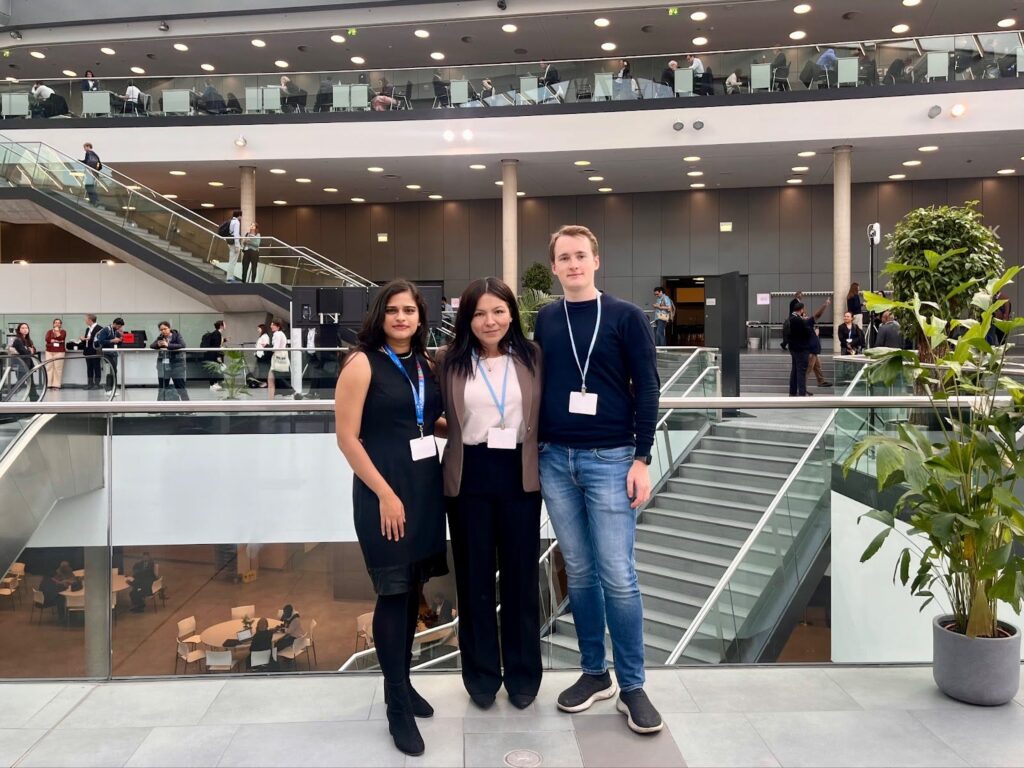
At COP 28 in Dubai last year, parties explicitly called out nuclear energy as a legitimate part of the global clean energy transition. This mention may seem insignificant, but it demonstrates a much broader awareness of the critical role nuclear energy must play in limiting global temperature rise. As observers to the UNFCCC, Generation Atomic attended the 60th session of the Subsidiary Bodies of the UNFCCC to support this momentum and to propel it to COP29.
There are two Subsidiary Bodies to the UN Framework Convention on Climate Change (UNFCCC)- the Subsidiary Body for Implementation (SBI) and the Subsidiary Body for Technological and Scientific Advice (SBSTA)- and they meet biannually to facilitate the outputs of the annual Conference of Parties (COPs). One meeting takes place during the annual COP. The other takes place at the UNEP headquarters in Bonn, Germany. Also known as the Bonn Climate Conference, the meeting takes place in early summer every year and is the first kickoff session to prepare for the annual COP.

UAE Consensus and the Global Stocktake (GST) Dialogue: Assessing Progress on Climate Action
Under the UNFCCC, parties create ambitious climate action plans to meet the targets set by the Paris Agreement. These actions are periodically evaluated to measure their impact and progress toward limiting the global temperature rise. It is called the Global Stocktake (GST) process, as they’re “taking stock” of the globe’s progress on climate change. The first GST, held in 2023, concluded that current plans were insufficient. Subsequently, in Dubai, states collectively agreed to enhance the ambition of the next round of climate action plans.
As SB60 is the first big UNFCCC meeting after COP28, the main focus was on the outcomes of the first GST where states acknowledged the need to accelerate the transition away from fossil fuels. The UAE consensus i.e. all the decisions made at COP28 signifies a global commitment to reducing reliance on coal, oil, and gas and moving towards low-carbon energy sources, including nuclear energy. This was considered under the 28th paragraph of the GST outcomes document.
During the Bonn Climate conference this year, the multi-year GST Dialogue began. It is a forum that facilitates knowledge sharing and good practices on how states can incorporate the outcomes of the GST in their national climate plans. Implementing paragraph 28 was a major point of consideration during this session.
Nationally Determined Contributions (NDCs) and Long-Term Low Emission Development Strategies (LT-LEDS): National Plans for Climate Action
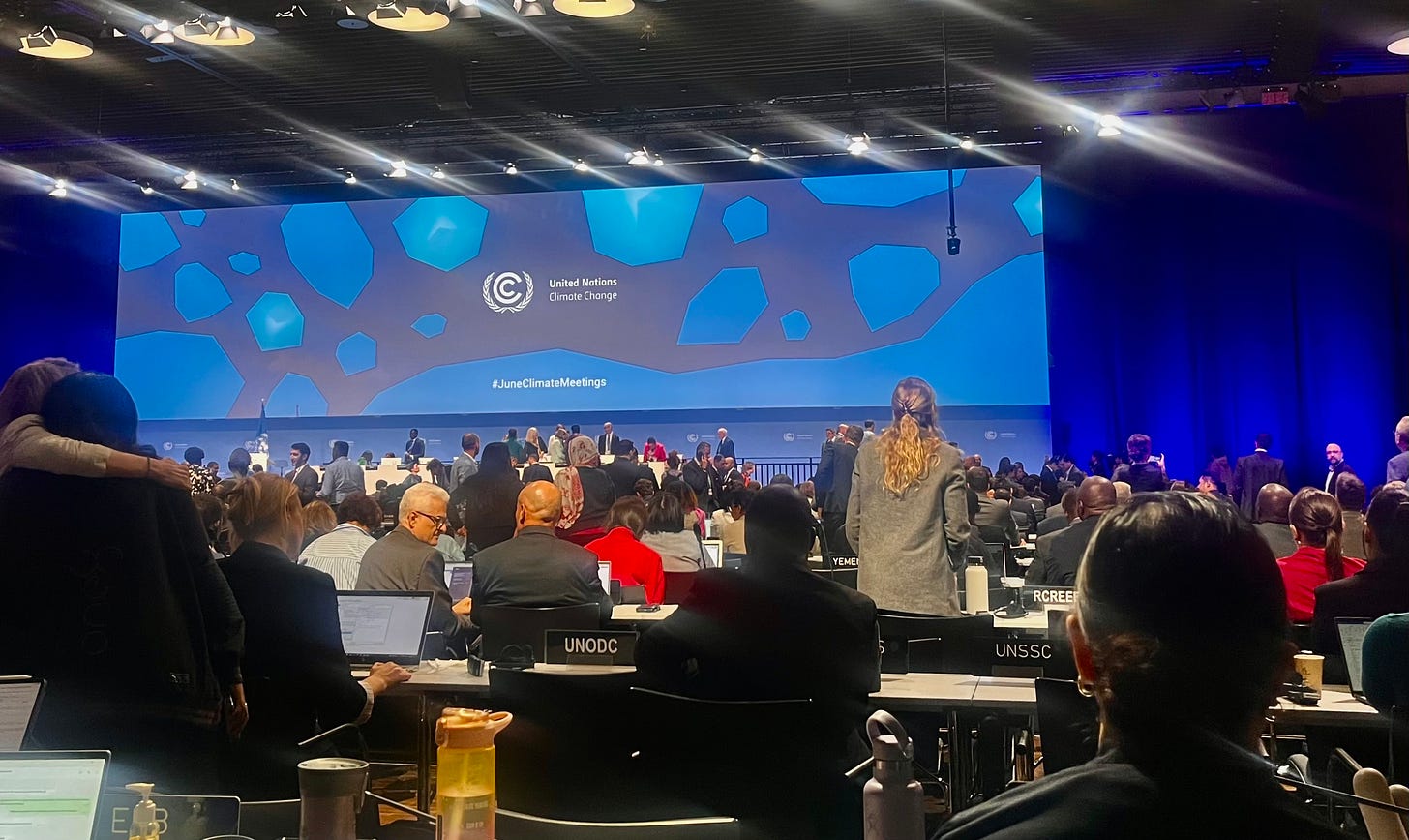
In the Paris Agreement, parties are required to create and submit to the UNFCCC Nationally Determined Contributions (NDCs) that highlight the climate action plans they intend to achieve. Parties are also encouraged to submit Long-Term Low Emission Development Strategies (LT-LEDS). The process involves careful consideration by each state to determine how best to balance national circumstances, development priorities, and climate goals. This includes assessing current emission levels, identifying potential pathways for reduction, and integrating these pathways with economic and social development plans.
Following the GST, parties discussed how to integrate the conclusions into their national policies and NDCs. The aim is to harmonize, refine, and enhance climate action plans based on the latest scientific data and policy insights observed from the GST, and foster more coordinated implementation efforts globally.
Parties are expected to submit their NDCs every five years, with the next major update cycle aligning with the outcomes of each GST. The next round of NDC submissions are due in early 2025, making Baku the last major meeting before parties update their plans and incorporate the learnings from COP29 in their NDCs. LT-LEDS, on the other hand, are not bound by a strict timeline but are encouraged to be submitted as soon as possible and updated regularly to reflect evolving national strategies and capabilities.
COP29 will build on the momentum from COP28, with a primary focus on implementing the UAE consensus. This entails translating the high-level agreements into actionable plans and concrete measures. A key focus of COP29 will be securing the necessary financial commitments and mechanisms to support the ambitious climate actions agreed upon.
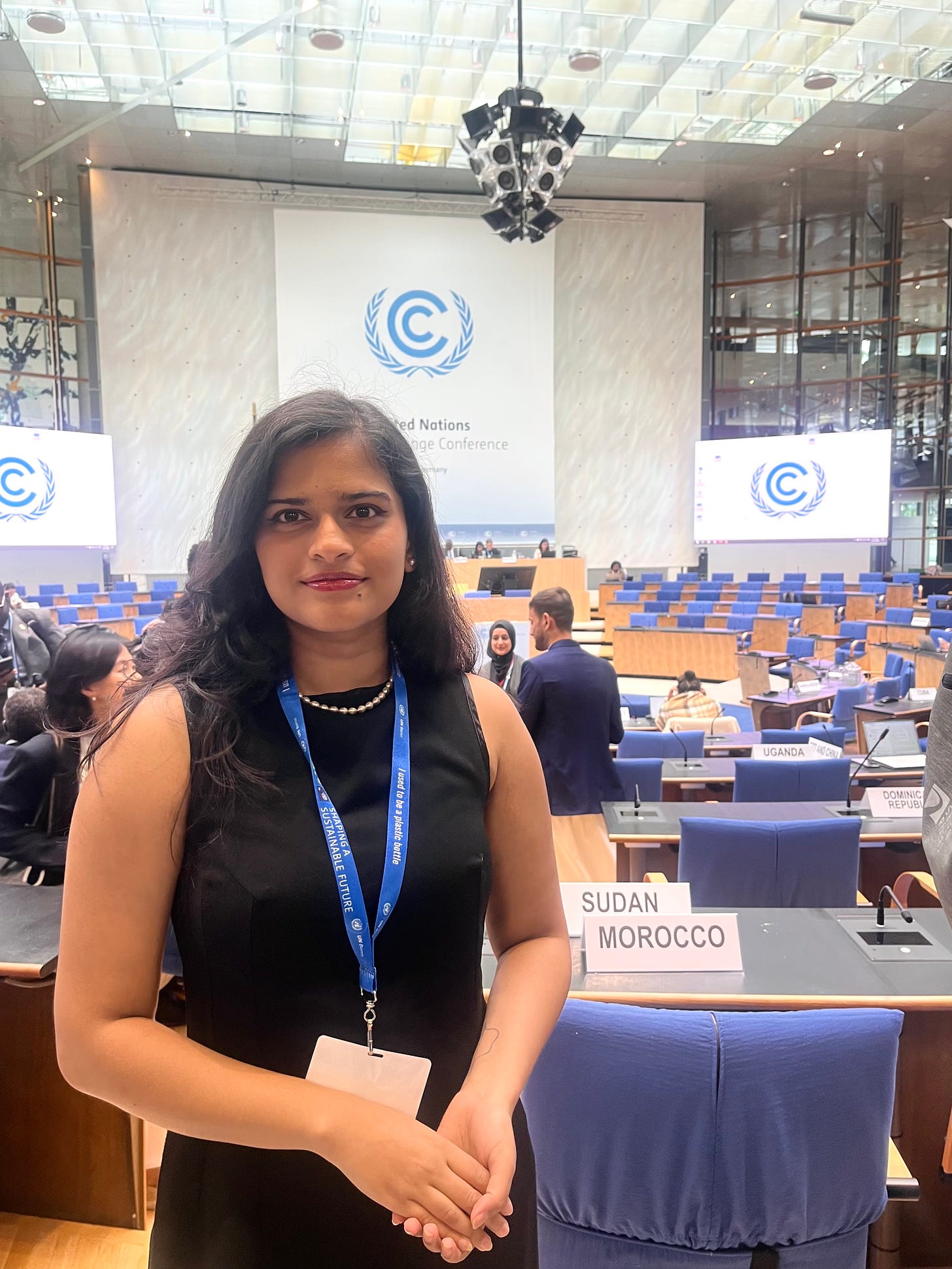
New Collective Quantified Goal (NCQG): Financing the Future of Climate Action
The New Collective Quantified Goal (NCQG) on climate finance aims to address the evolving financial needs of developing countries in their efforts to combat climate change. The NCQG is set to replace the previous commitment of mobilizing USD 100 billion per year by 2020, a target established during the Copenhagen Accord in 2009 and reaffirmed in the Paris Agreement. The mandate for the NCQG was established at the Paris Agreement, with the directive to set a new goal by 2025. This new goal will be informed by the needs and priorities of developing countries and is expected to start from a floor of USD 100 billion per year.
The NCQG importance lies in showing the international community’s actual commitment to raising the necessary funds for real climate action in developing countries. As highlighted during the first GST, it is evident that the current plans are insufficient to limit global temperature rise to 1.5°C. The NCQG aims to fill this gap by providing a robust framework for climate finance, ensuring transparency, accountability, and inclusivity in financial mechanisms.
Nuclear Energy in Climate Finance
As the IEA, IPCC, and IAEA have observed, accelerating low-emission technologies like nuclear energy is essential to achieve the targets set by the Paris Agreement. Nuclear energy has demonstrated the ability to provide reliable, safe, and carbon-free power at scale, which is imperative for the energy transition. However, states with existing nuclear programs and those pursuing new projects face numerous challenges, particularly in financing. Given the significant investment required and the complexity of securing private funding, it is crucial that the NCQG includes provisions that facilitate the financing of nuclear projects.
From our perspective, the NCQG must align with the following principles to support nuclear energy effectively:
- Technology Neutrality: Climate finance should be inclusive of all clean energy technologies, including nuclear, ensuring a level playing field for all technologies that contribute to climate mitigation and adaptation efforts. Technology neutrality is crucial because it allows for the optimal deployment of various energy solutions based on specific contexts and needs. For instance, nuclear energy provides reliable, dispatchable power, which is essential for maintaining grid stability and ensuring continuous energy supply, especially during periods when renewable sources like wind and solar may not be available. By creating a level playing field, we encourage innovation across all technologies, allowing for the best solutions to emerge and be implemented.
- Just Transition and Human Capital: Incorporating principles of just transition and human capital development in climate finance is essential to support nuclear energy effectively. Nuclear energy’s efficient use of fewer raw materials and less land compared to other technologies should be recognized in climate finance frameworks. This approach not only enhances technological capability but also promotes sustainable development by reducing dependency on raw material extraction and empowering local workforces.
Promoting human capital through investment in nuclear energy is vital. It creates high-skilled jobs and enhances technical expertise, especially in countries with lower initial technical knowledge. Programs like those offered by the International Atomic Energy Agency (IAEA) are crucial for providing training and building the necessary workforce for nuclear projects, bridging the gap between different levels of development and promoting equitable growth.
Furthermore, the nuclear industry’s rigorous international controls and regulations ensure ethical practices throughout the supply chain, reducing the risk of labor exploitation. Incorporating these standards into climate finance mechanisms ensures that investments uphold high labor standards, contrasting with other less regulated industries. - Multi-Stakeholder Collaboration: Integrating international financial institutions, such as the World Bank, and leveraging existing organizations like the IAEA can ensure comprehensive support for nuclear energy. Collaboration with these bodies can expedite the deployment of climate finance, providing technical and financial expertise. For example, the World Bank’s involvement could help standardize the financial risk assessments for nuclear projects, making it easier to secure funding. Such cooperation ensures that nuclear energy receives adequate backing for economical investments.
- Predictability and Stability: Including these principles into climate finance is essential for effectively supporting nuclear energy investments. By ensuring stable returns and low operating costs, we can make high upfront investments in nuclear energy more attractive. Predictable financial models are crucial for mitigating vulnerabilities to international crises and energy market fluctuations. Additionally, acknowledging the consistent and reliable output of nuclear power, compared to other clean energy sources facilitates its integration into energy systems.
Effective project management and stable policy frameworks are vital in minimizing potential delays and cost overruns in nuclear projects. Implementing successful financing models, such as the Regulated Asset Base (RAB) model used in the UK, can reduce these risks by providing steady revenue streams and minimizing financial uncertainties during construction phases.
The information gathered from parties’ individual reports and reviews, along with the more comprehensive picture attained through the “global stocktake” will, in turn, feed back into and shape the formulation of states’ subsequent pledges.
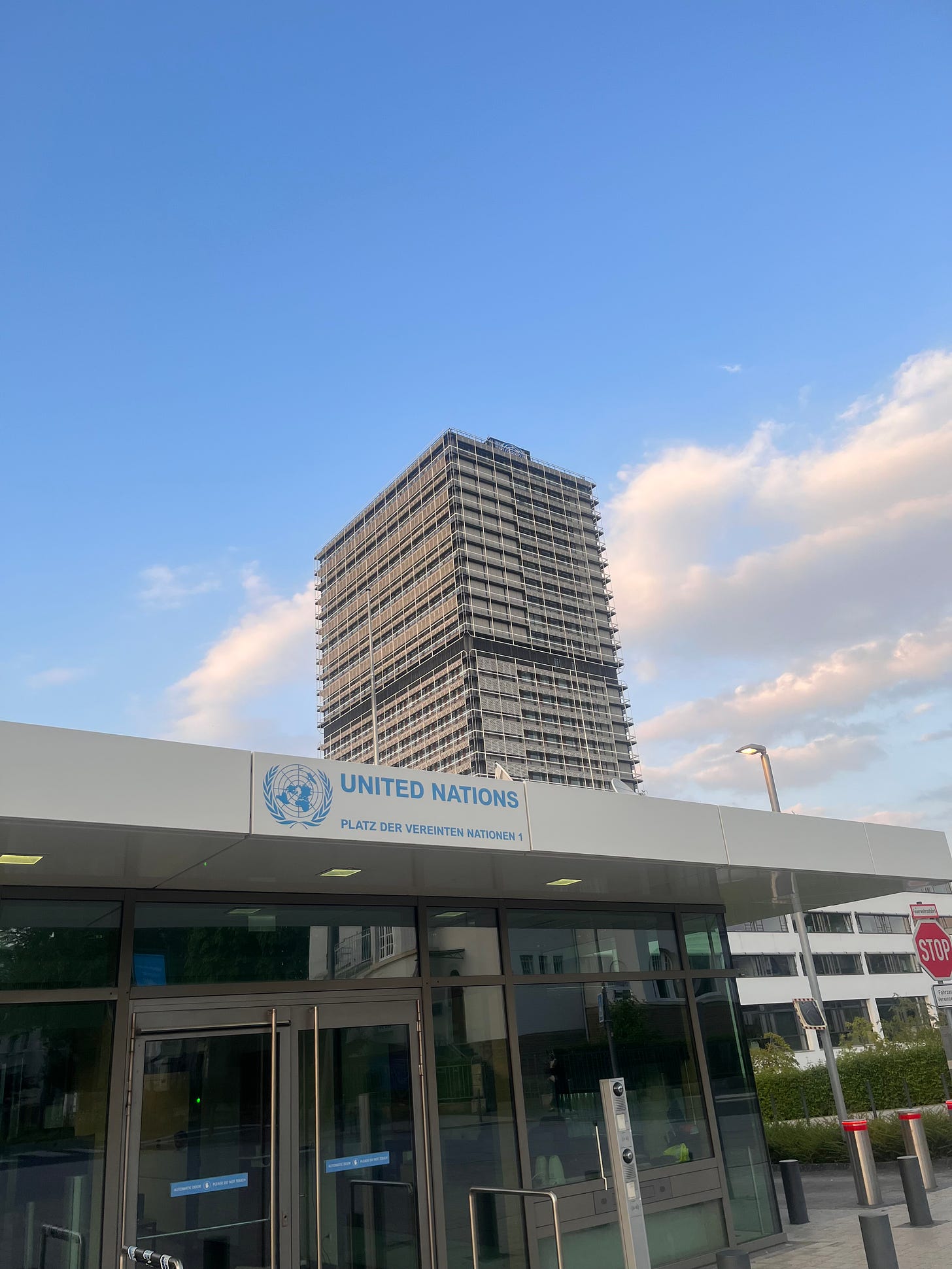
Article 6 of The Paris Agreement
Under the Paris Agreement, Article 6 establishes international carbon markets as a key tool in the global effort to mitigate climate change. These market mechanisms have the potential to significantly raise ambition by facilitating rapid emissions reductions and scaling of removals needed to keep the world on track with climate goals. However, the design of these mechanisms is crucial; if done poorly, they could undermine the NDCs and hinder global climate progress. At the Bonn Climate Change Conference 2024 (SB60), negotiators revisited the rules for Article 6 to address ongoing challenges and make progress.
Article 6 consists of two main components:
- Article 6.2 Cooperative Approaches: This mechanism allows countries to transfer mitigation outcomes between each other, helping to achieve their NDCs through cooperative projects. For example, if Country A exceeds its emissions reduction target, it can sell the surplus to Country B.
- Article 6.4 Sustainable Development Mechanism: This centralized mechanism, overseen by the Article 6.4 Supervisory Body, generates emission reduction units that can be traded internationally. Projects under this mechanism are subject to stringent verification and adjustments.
Article 6 and Nuclear Energy
Currently, there is no exclusion of nuclear energy from being eligible under Article 6, meaning carbon credits generated from nuclear power plants could be traded if all requirements are met. This opens up significant opportunities for both developing and developed countries. Developing countries without nuclear energy programs could receive financing to build their first nuclear power plants, facilitating their transition to clean energy. Simultaneously, developed countries could invest in these projects, securing cheaper clean energy credits and claiming the associated emissions reductions.
The principle of additionality, a core aspect of Article 6, ensures that projects must result in actual, verifiable emissions reductions beyond what would have occurred in a business-as-usual scenario. This means replacing fossil fuel plants with nuclear power or reducing grid emissions by opting for nuclear instead of fossil fuels. However, specific methodologies for implementing and verifying these nuclear projects under Article 6 are still to be developed.
Currently, Article 6.2 is operational, allowing for bilateral agreements between countries to trade mitigation outcomes. Article 6.4 holds much promise, it requires further development and the establishment of specific methodologies for various activities, including nuclear energy projects. In the meantime, countries can leverage Article 6.2 agreements to start trading credits and advancing nuclear energy projects. This represents a significant opportunity for countries to get to work towards their NDCs.
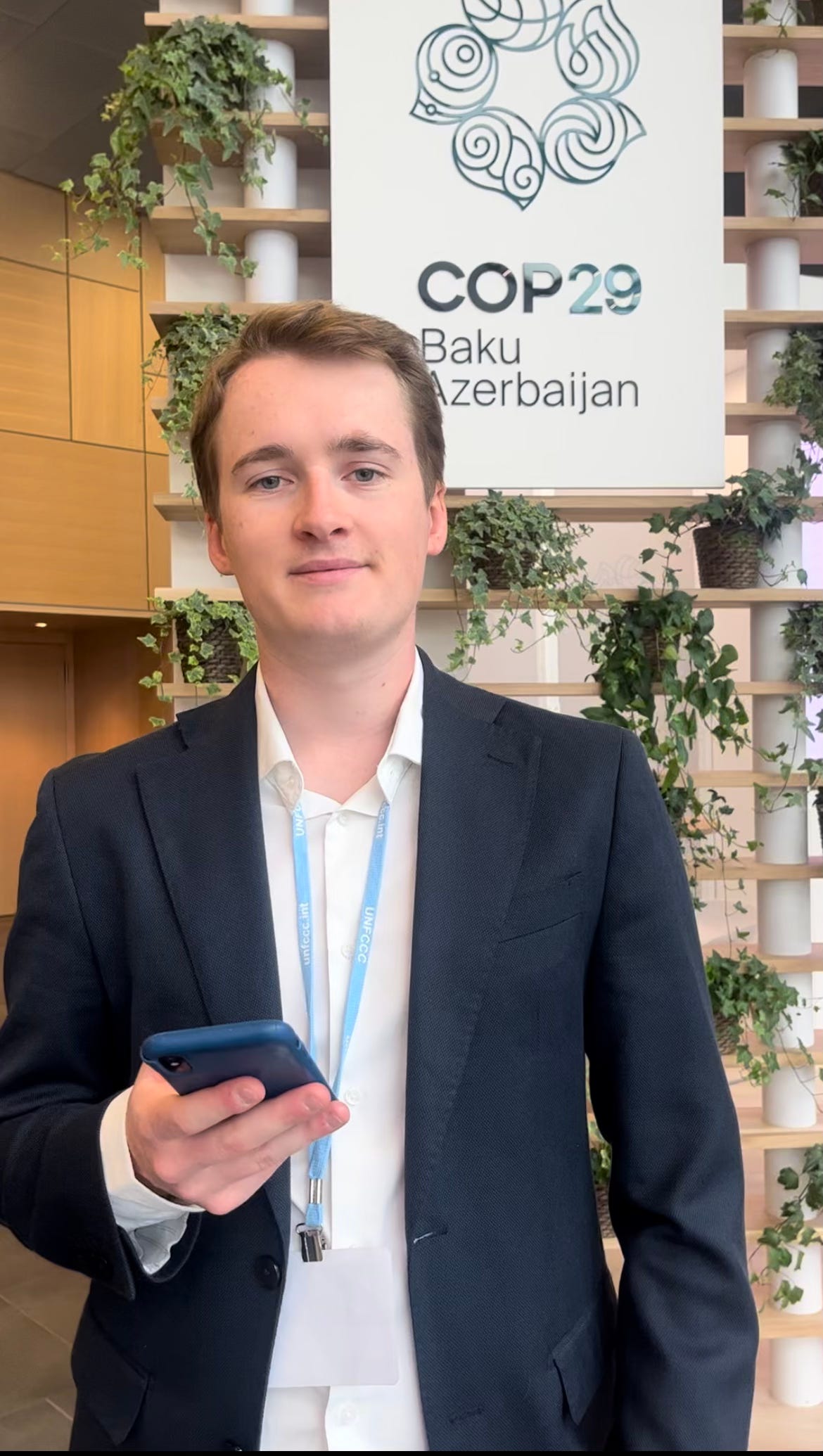
Azerbaijan’s Vision for COP29
Under the presidency of Azerbaijan, COP29 is anticipated to build upon the advancements and agreements reached at SB60 and COP28. The Azerbaijani leadership aims to drive several key initiatives forward. Firstly, they will work collaboratively with all parties to raise the ambition levels of the NDCs. This will involve encouraging states to adopt more aggressive targets for reducing greenhouse gas emissions and enhancing their climate resilience measures.
The presidency will advocate for a fair and ambitious NCQG. This goal aims to provide substantial financial support to developing countries, helping them to mitigate and adapt to climate change impacts effectively. Azerbaijan emphasizes the critical role of the private sector in climate finance. Recognizing that public funding alone is insufficient, the presidency will seek to foster greater involvement from private enterprises.
And lastly, the presidency wants to finalize the guidelines for Article 6 of the Paris Agreement. Overall, Azerbaijan’s presidency at COP29 is expected to be a driving force for higher climate ambition, equitable financial support, private sector engagement, and effective international cooperation, setting the stage for significant progress in global climate action.
COP29 and Beyond
COP29 will take place in Baku, Azerbaijan from the 11th to the 22nd of November 2024. Every major negotiation track will discuss some degree of financing. COP29 has the capacity to shape the future of all climate action and significantly impact our progress towards the goals of the Paris Agreement. And when the time comes, Generation Atomic will continue to advocate for the inclusion of nuclear power for all our collective futures.


